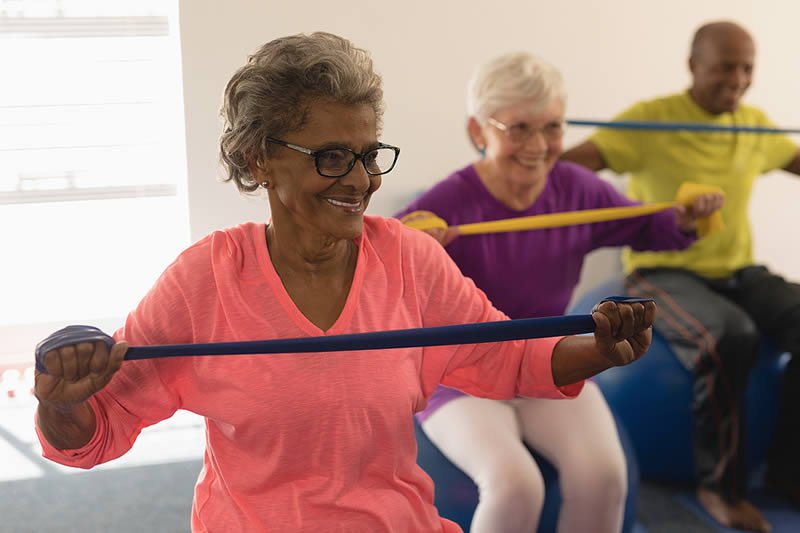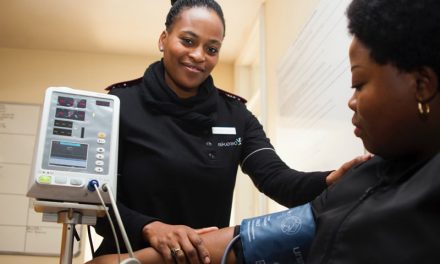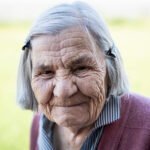Healthy Exercise for the over 60s
While some elders continue to run marathons and play tennis well into their 70s and even 80s, most of us slow down as we age. That doesn’t mean we should give up exercising. Regular exercise remains vitally important throughout life.
Exercise for the over 60s helps improve both mental and physical health. It can prevent conditions such as heart disease and diabetes, which are more common among older adults. Even light exercise, such as walking is beneficial.
Apart from increasing strength and flexibility, exercise also improves balance and coordination. This can reduce the risk of falls. Impact exercise such as walking or slow jogging helps maintain bone density. So if we do suffer a fall, we are less likely to break a limb.
Combining exercise with social interaction, e.g. going to a fitness class with a friend or joining a dancing group, reduces the feelings of loneliness or isolation that so often affect seniors. It may even lower the risk of dementia and other degenerative cognitive diseases.
The key to maintaining an exercise regime into old age is to find a form of exercise that you really enjoy. Here are six ideas to try.
Walking – the ideal exercise for the over 60s
One of the most accessible forms of exercise, walking requires nothing more than a comfortable pair of shoes.
You can start by just walking to the end of the block and back, and build up gradually until you are comfortable walking for 15-30 minutes. A great way to motivate yourself to start moving is to invest in a fitness tracker or pedometer. These devices can be set to prompt you to take a certain number of steps every hour. The more sophisticated types also measure your heart rate, which is reassuring if you are just starting out and are afraid of overdoing things.
If you suffer from joint pain or arthritis, you may not be able to able to reach the optimum number of steps – 10 000 per day. Don’t be discouraged. Simply settle for fewer steps as your initial goal.
Another great advantage of taking a walk around your nearest park, or along the promenade is that you’ll get your daily dose of Vitamin D, the sunshine vitamin. This is essential for healthy bones and teeth, and may reduce the risk of colds and flu, hair loss, certain types of cancer and cardiovascular disease. If you plan to be outside for any length of time though, take a hat or sunscreen to avoid sunburn.
Gardening
Another enjoyable form of exercise that gets you out into the sunlight is gardening. You don’t need a big garden – even tending pot plants on your balcony is beneficial. Digging, planting, weeding watering and harvesting all burn calories, helping you to maintain a healthy weight. These activities also build muscle, flexibility, strength and stamina.
If you find it difficult to stoop or bend down for prolonged periods, consider creating raised garden beds, or using vertical planters and hanging baskets. If you do need to get down on the ground, use protective knee pads or a thick foam mat to cushion your joints. Keep a chair and a bottle of water nearby in case you need to take a break, and garden early in the day to avoid sunburn.
Gardening offers huge benefits in terms of mental health. There’s something about feeling the soil between your fingers that literally puts you in touch with nature and melts away stress and depression. Watching plants you’ve nurtured grow and thrive creates a wonderful sense of accomplishment and satisfaction.
Swimming
If you have access to a pool, swimming or water aerobics is the ideal exercise for elders, especially if you suffer from arthritis or other forms of joint pain. The buoyancy of the water reduces any impact on joints. Yet the natural resistance of the water helps tone and strengthen muscles without the need for weight training.
Swimming improves cardiovascular health, endurance and flexibility. It’s also really refreshing, especially in summer when other forms of exercise might leave you feeling hot and bothered.
Dancing
Surely one of the most enjoyable forms of exercise, dancing is a fun way for elders to keep fit and healthy. It doesn’t feel like a good, low impact aerobic workout, but that’s exactly what it is. And the more you ‘shake, rattle and roll’, the more you improve balance and co-ordination.
Many community centres, churches and schools offer dance classes for elderly people. Whether you join a line-dancing group or opt for ballroom, tap, hip hop or modern dance classes, you’ll not only get regular exercise, you’ll have the added benefit of social interaction.
Meeting other like-minded people your own age, and forming friendships based on a shared interest is so important. Humans are social beings, and having regular contact with others helps alleviate feelings of loneliness and depression.
Chair yoga
Chair yoga is a low cost, high benefit form of yoga that has quickly become a favourite among seniors. It’s low-impact (no stress on joints) and focuses mainly on stretching exercises that can be done whilst seated. These exercises improve balance, muscle strength, circulation and flexibility.
All you need is a sturdy chair without arms, placed on a flat, level surface with enough space to fully extend your arms and legs. You can find instructions for simple exercises online to start with, and go at your own pace. Or join a class for added fun and opportunities for social interaction.
Resistance band workouts
Muscle loss is one of the effects of ageing, and strength (resistance) training can reverse this. This form of exercise is also ideal for strengthening your core, which improves posture, mobility, and balance.
If you don’t have access to a gym, consider investing in some resistance bands which you can use at home to enhance the effect of exercises like arm curls and leg raises. These inexpensive stretchy strips of rubber or elastic are readily available at local sports stores or online. They can be used to exercise many different parts of the body.
Before beginning any new exercise programme, please check with your doctor. He or she can advise on the most appropriate type of exercise, taking into account any medical conditions that you may have. Many Tafta faclities offer opportunities for group exercises and other activities. Click here to find your nearest wellness centre.






 Look after your liver
Look after your liver Tee off at Tafta’s Golf Day Fundraiser
Tee off at Tafta’s Golf Day Fundraiser FullBright scholar arrives in June
FullBright scholar arrives in June Conversation Cards break communication barriers
Conversation Cards break communication barriers Secrets to longevity – what are they?
Secrets to longevity – what are they? Overcoming the ‘invisible woman’ syndrome
Overcoming the ‘invisible woman’ syndrome Saying it with flowers
Saying it with flowers Leap year – an extra ‘bonus’ day to show your love
Leap year – an extra ‘bonus’ day to show your love Save tax with Section 18A
Save tax with Section 18A Intergenerational communication is key
Intergenerational communication is key